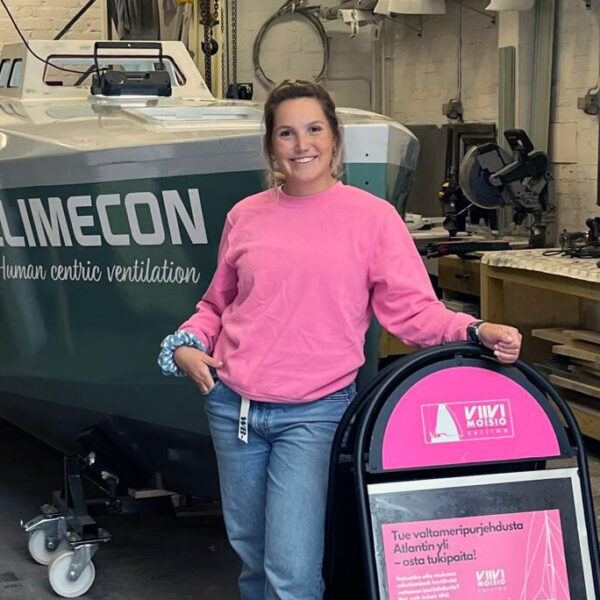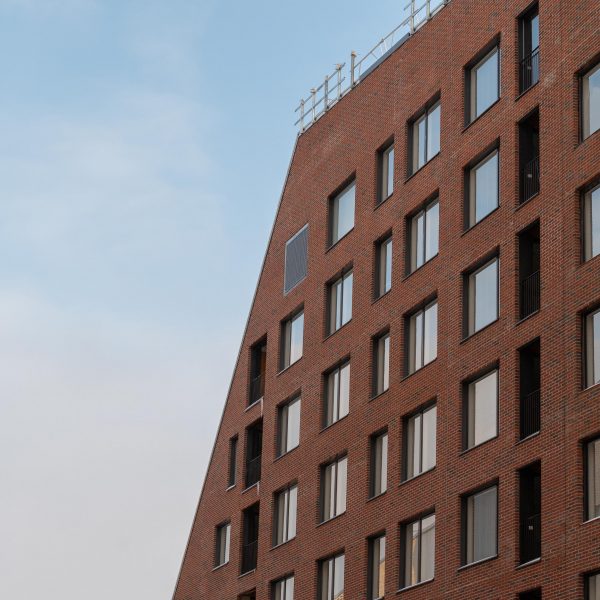1) Choose quality over quantity
Materials of high quality and long life-cycles are carefully selected for Climecon’s products and we strive to keep plastic parts at bare minimum. For instance, in sound attenuation we have had picked Dacron wool as insulation material since it does not erode or emit airborne particles.
Our louvers and roof hoods have a coating that is proven to last for decades protecting the devices from corrosion and rough weather conditions in addition to granting a flawless appearance. All parts used in these devices sustain UV-radiation and remain non-perished for minimizing waste.
2) Material efficiency
We have invested in renewing our machinery for ultimate material efficiency. The steel plates used are cut out in an optimal way for minimal waste-material, and what is left over gets recycled. With the use of recyclable raw materials also minimizing environmental effects post-usage is taken into account.
The filters used in our gas phase air filtration solutions can be refilled at optimal intervals due to accurate assessment of media lifetime. This way changing the filter media too early can be avoided which would otherwise lead to perfectly functioning media from going to waste.
3) Easy cleaning & lasting technology
Easy cleaning and maintenance are at the core of maintaining the products’ performance and clever execution adds decades to the product lifetime. We put a great effort into developing new ways to ease maintenance, such as CLIK valve’s easily opened front, that helps in cleaning the device.
Cleaning is especially important in professional kitchens since it also heavily links to work-place safety. In our solutions, the filtering technologies of hoods and ventilation ceilings keep the devices clean by removing up to 98% of airborne impurities. Additionally, both hoods’ and ventilation ceilings’ separators and grilles are easily detached and washed in a standard washing machine. For a longer lifetime and minimum maintenance, CleanMaster solutions come equipped with UV-tubes that last for a modest 16 000 hours.
4) Prepare for changes – prefer adaptable devices
Changes in the layout or the purpose of a space do not necessarily mean changing the ventilation devices. That is, if highly adjustable devices have been selected for the location already in the ventilation design phase.
Climecon OptiFlow product category contains devices equipped with directable and easily re-directed nozzles. By altering their throw-pattern, the products adapt to changing requirements in schools, offices, and restaurants or spaces with more frequent – even seasonal layout changes such as supermarkets.


